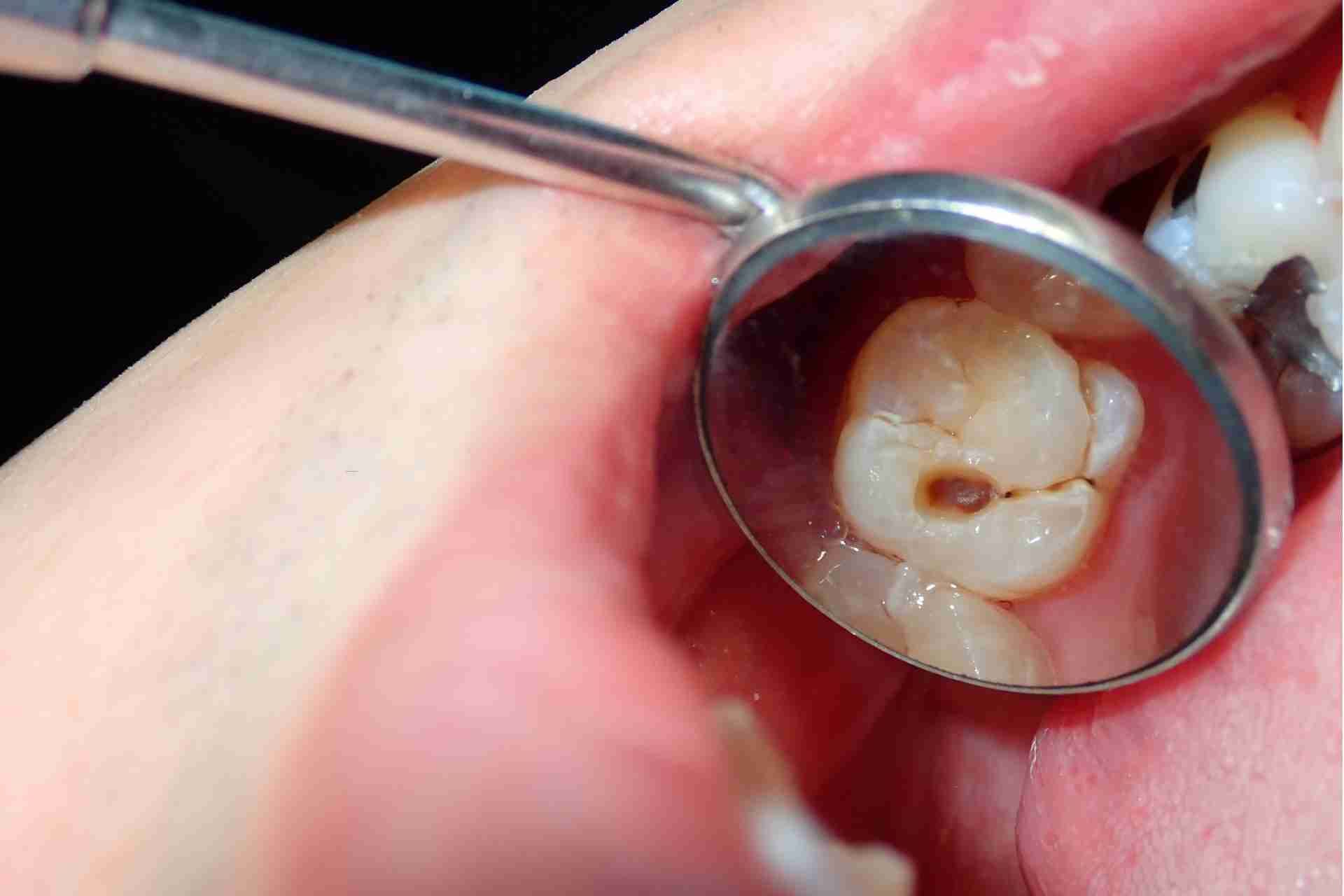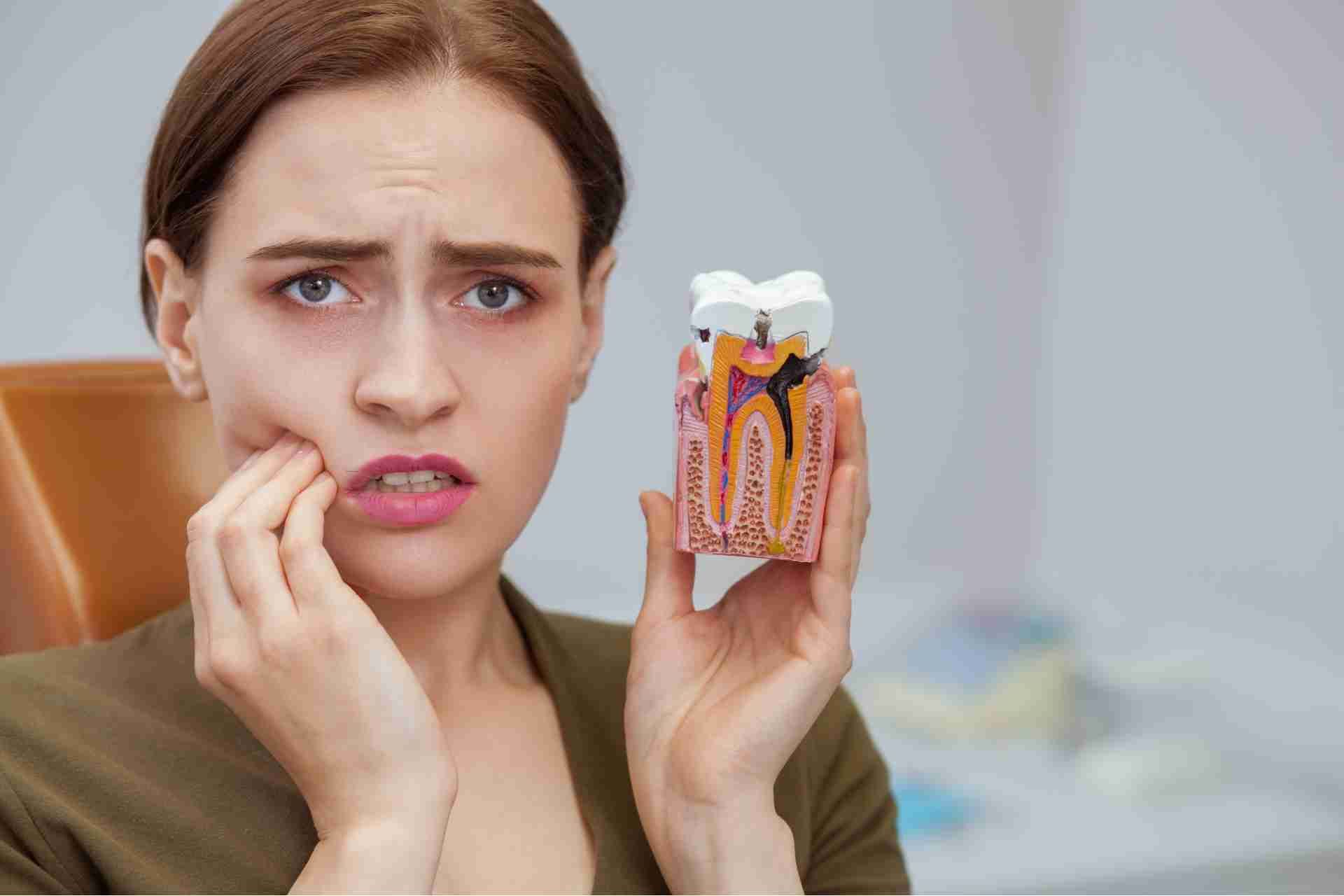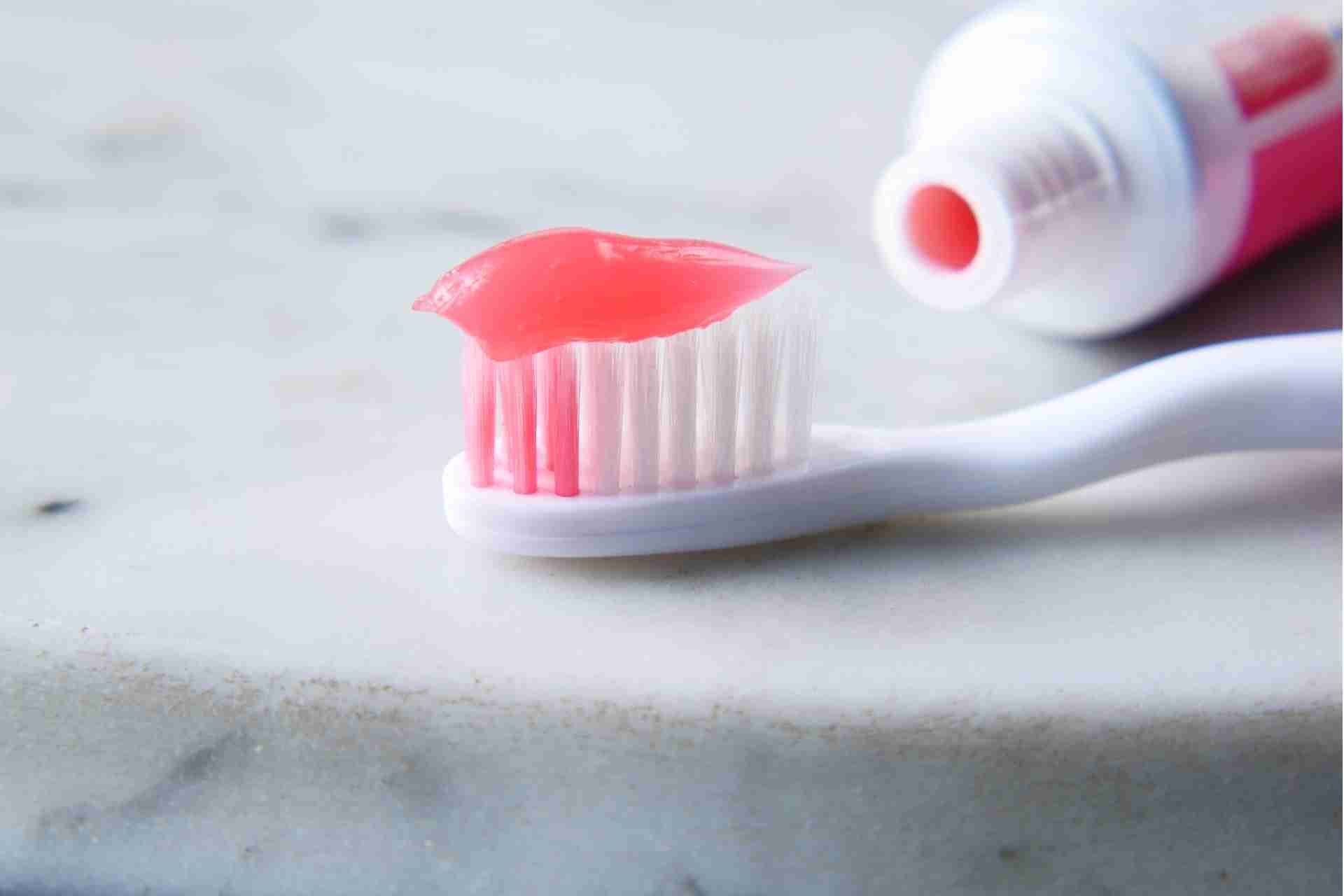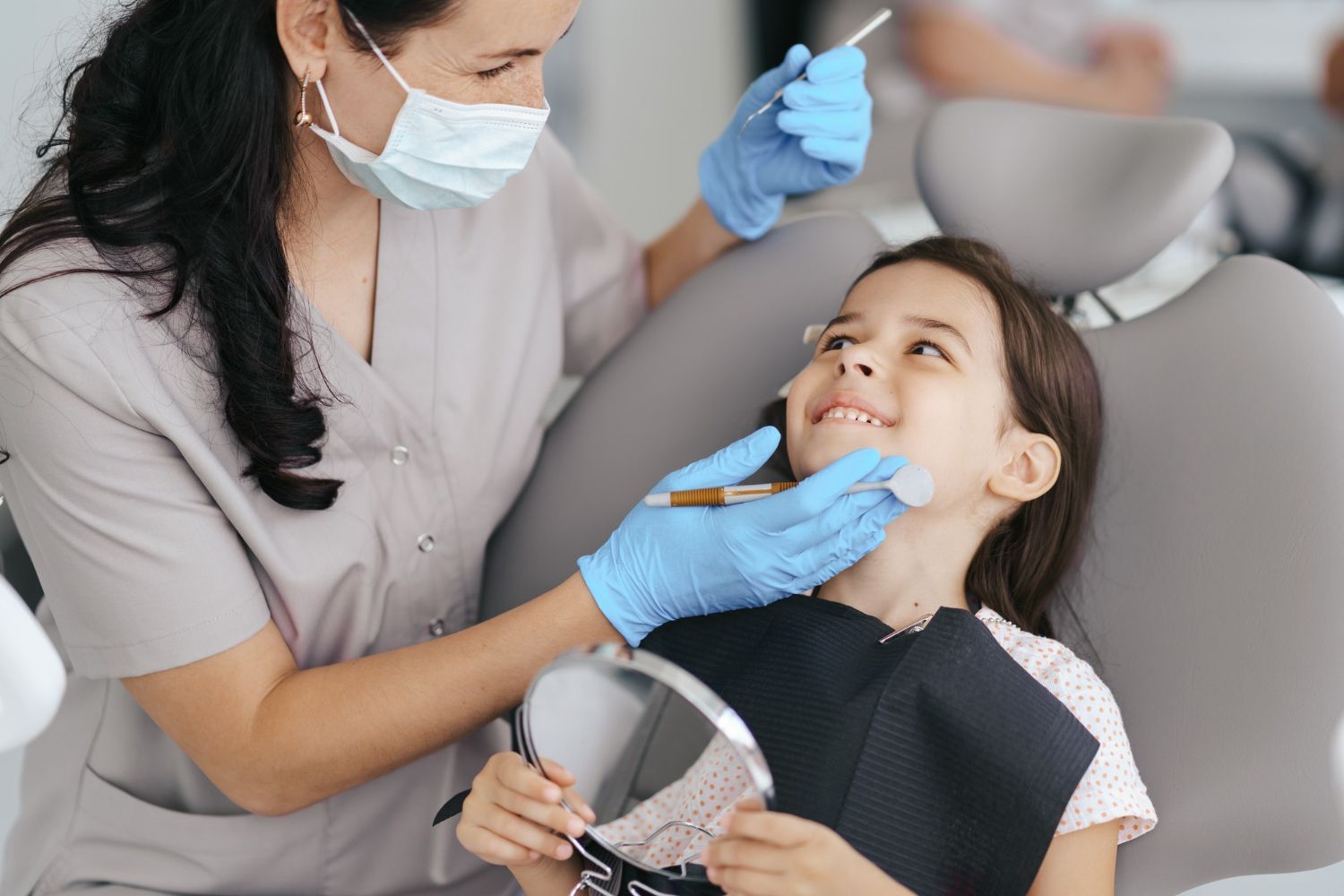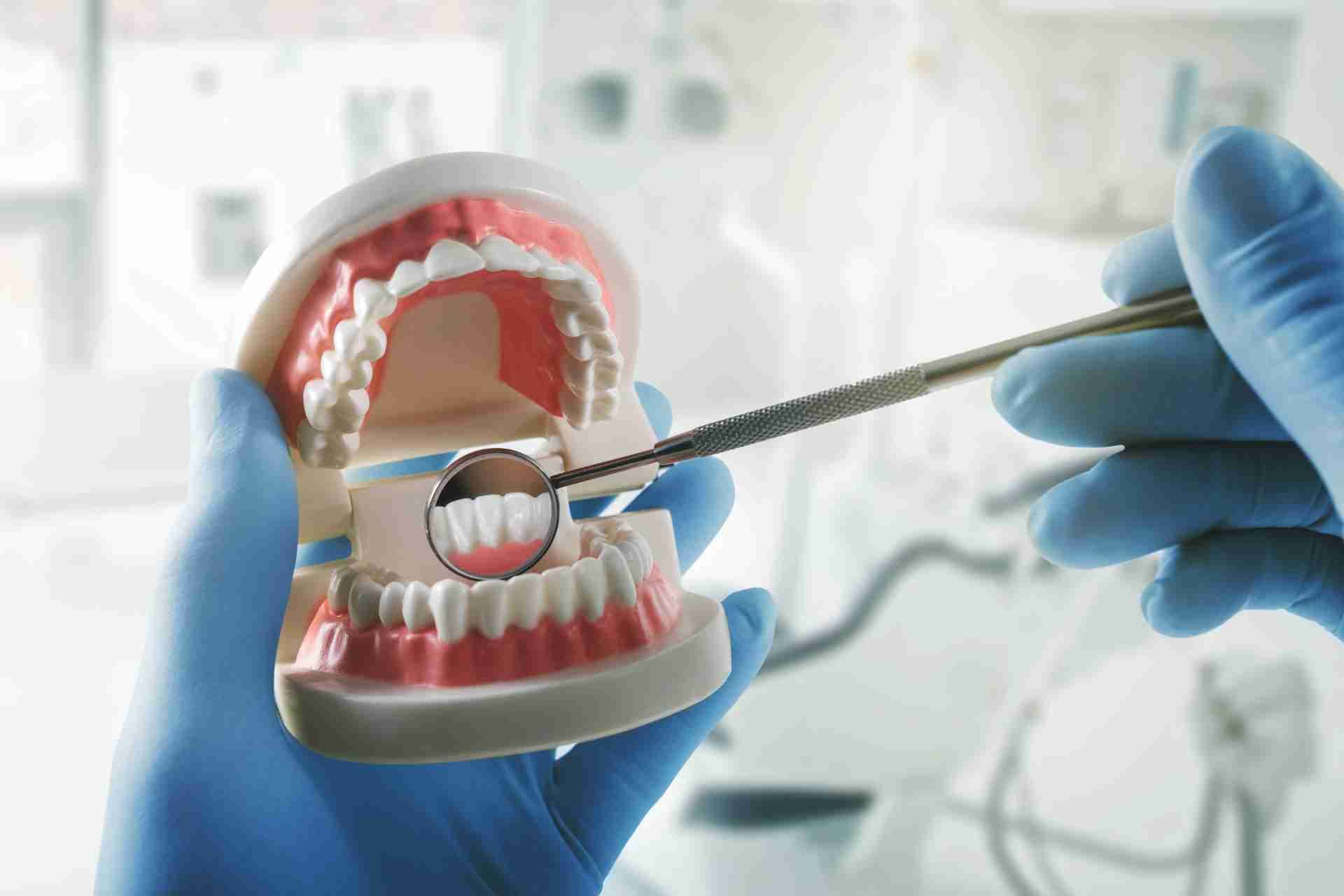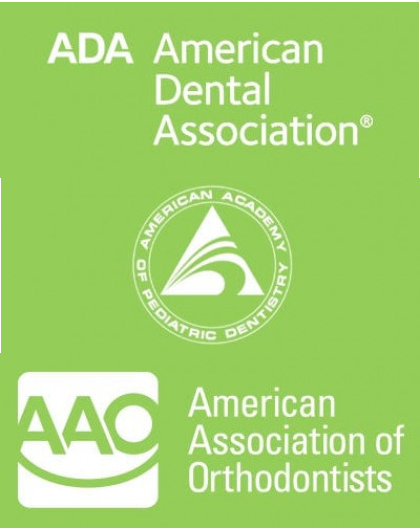Retainers 101: Why They Matter After Braces
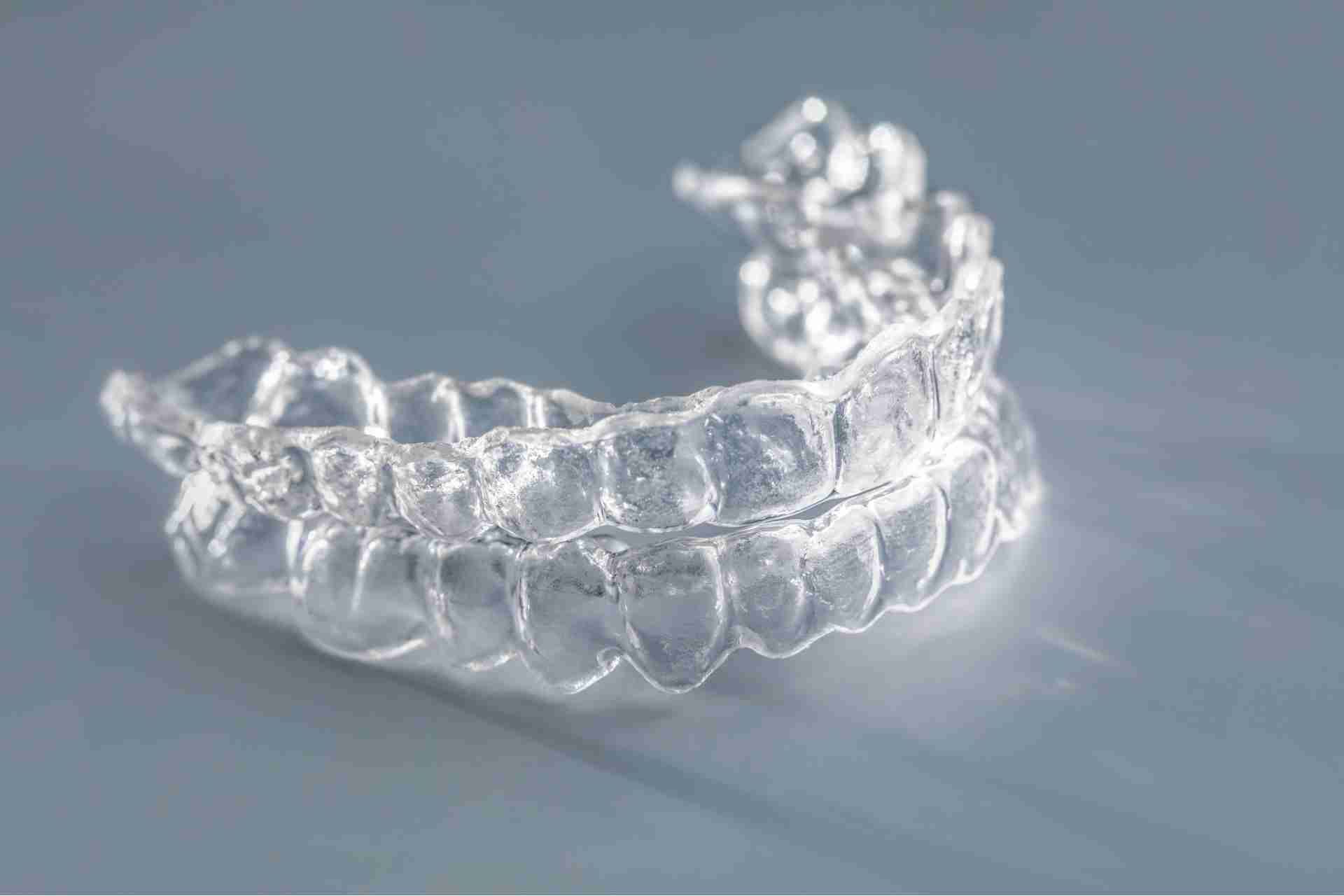
Once your braces come off, the journey to a perfect smile isn't over yet. Retainers play a vital role in maintaining the alignment of your teeth and preventing them from shifting back. Understanding their importance can make a significant difference in your orthodontic results. But what exactly do you need to know about retainers, and how do they fit into your post-braces routine? Let's explore the essential details.
The Role of Retainers in Orthodontic Care
While you've invested time and effort into straightening your teeth with braces, the journey doesn't end there.
Retainers play a crucial role in maintaining your newly aligned smile. After your braces come off, your teeth need time to settle into their new positions. Without retainers, they could shift back to their original spots.
By wearing your retainer as prescribed, you're actively preventing this relapse and ensuring long-term results. Retainers also help stabilize your jaw and bite, promoting overall oral health.
Plus, they're a simple yet effective way to protect your investment in orthodontic care. So, don't underestimate their importance; your smile deserves the best care even after the braces are gone!
Types of Retainers: Which One Is Right for You?
After your braces are removed and you've embraced your new smile, choosing the right retainer becomes a key step in your orthodontic journey.
There are three main types of retainers: fixed, removable, and clear aligners.
Fixed retainers are bonded to the back of your teeth, providing continuous support without the hassle of removal.
Removable retainers, like Hawley or Essix, allow for easy cleaning and flexibility but require commitment to wear them as prescribed.
Clear aligners offer a discreet option, ideal for those who prefer an invisible solution.
Each type has its benefits, so consider your lifestyle, comfort, and how often you can commit to wearing your retainer.
Consult your orthodontist to find the best fit for you.
How Retainers Work to Maintain Your Smile
Retainers play a crucial role in maintaining your smile by preventing teeth from shifting back to their original positions after orthodontic treatment.
Once your braces come off, your teeth want to revert to their previous alignment due to the natural elasticity of your gums and bone.
Retainers work by holding your teeth in their new, corrected positions, allowing the surrounding tissues to stabilize.
Whether you have a fixed or removable retainer, they apply gentle pressure to keep your smile intact.
By wearing your retainer as directed, you can ensure that your hard-earned results last.
The Importance of Consistency in Wearing Retainers
Maintaining your new smile relies heavily on how consistently you wear your retainer. When you first complete your orthodontic treatment, your teeth are still settling into their new positions. Wearing your retainer as directed helps ensure they don't shift back to their original spots.
Skipping even a few days can lead to unwanted movement, making it harder to regain your perfect alignment.
Establishing a routine for wearing your retainer is key. Set reminders on your phone or keep it near your toothbrush, so you don't forget. The more consistent you are, the better your long-term results will be.
Common Myths About Retainers Debunked
While many people believe they know all there's to understand about retainers, several myths can lead to confusion or poor practices.
One common myth is that once you're done with braces, your teeth won't shift, but that's far from true. Retainers help ensure your hard-earned results stay intact.
Another misconception is that retainers are only for a short time; in reality, you may need to wear them for years, sometimes indefinitely.
Some people also think that if their retainer feels uncomfortable, it means it's not working, but minor discomfort is normal as your teeth adjust.
Lastly, many believe that all retainers are the same, but they come in various types, each designed for specific needs.
Care and Maintenance of Your Retainer
To keep your retainer in top shape, regular care is essential.
Start by rinsing it with water each time you remove it. Avoid using hot water, as it can warp the material.
Clean your retainer daily with a soft toothbrush and mild soap, or use a retainer cleaner specifically designed for this purpose. Never use toothpaste, which can scratch its surface.
When you're not wearing it, store your retainer in its case to protect it from damage. Don't forget to keep your case clean as well.
Regularly inspect your retainer for any signs of wear or damage.
When to Replace Your Retainer
Even with proper care, retainers won't last forever.
You'll want to keep an eye on their condition to ensure they continue to do their job. If you notice any cracks, warping, or discoloration, it's time to consider a replacement.
Additionally, if your retainer feels uncomfortable or doesn't fit as snugly as it once did, it's a sign that it might be time for a new one.
Regular check-ups with your orthodontist can help determine when replacement is necessary, usually every few years.
Don't ignore these signs—keeping your teeth aligned is essential, and a worn-out retainer won't provide the support you need.
Stay proactive about your oral health to maintain your beautiful smile!
The Long-Term Benefits of Wearing Retainers
Wearing retainers consistently after braces can significantly enhance the results of your orthodontic treatment. By keeping your teeth in their new positions, you reduce the risk of them shifting back over time. This means you'll maintain that beautiful smile you've worked so hard to achieve.
Additionally, wearing retainers can help prevent bite issues that may arise if teeth start to move. You'll also save money in the long run by avoiding the need for further orthodontic work.
Plus, retainers can protect your teeth from grinding during sleep, reducing wear and tear. Overall, committing to your retainers means investing in your long-term oral health and ensuring your smile stays straight and healthy for years to come.
Tips for Transitioning From Braces to Retainers
Maintaining your smile after braces involves adjusting to life with retainers. Start by wearing them as instructed; consistency is key. It might feel strange at first, but your mouth will adapt quickly.
Remember to clean your retainers daily with a soft toothbrush and mild soap to avoid buildup. Keep them in their case when you're not wearing them to prevent loss or damage.
If you experience discomfort, don't hesitate to reach out to your orthodontist for guidance. Make wearing your retainers part of your daily routine, like brushing your teeth.
Lastly, stay mindful of the importance of these devices; they're crucial for keeping your teeth in their new positions. Embrace this transition, and your smile will thank you!
Conclusion
In conclusion, wearing retainers is key to preserving your beautiful smile after braces. They help keep your teeth in place and ensure your hard work pays off. By committing to consistent wear and proper care, you'll enjoy the long-term benefits of your orthodontic treatment. Don't let your investment go to waste—embrace your retainers as an essential part of your journey to a confident smile!


